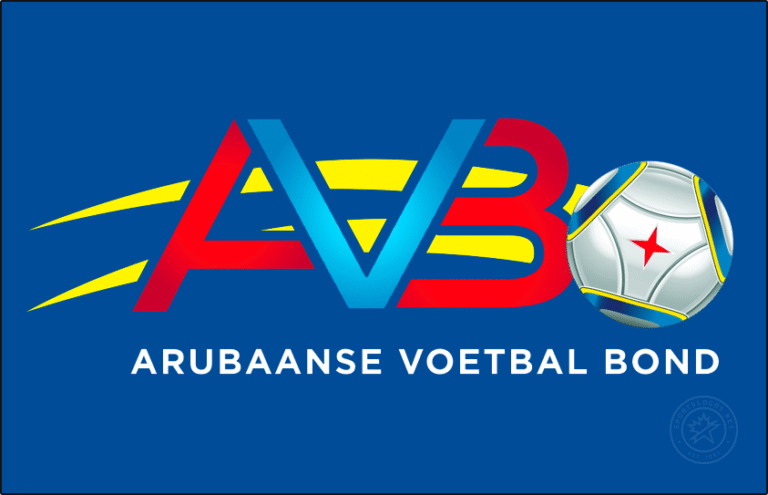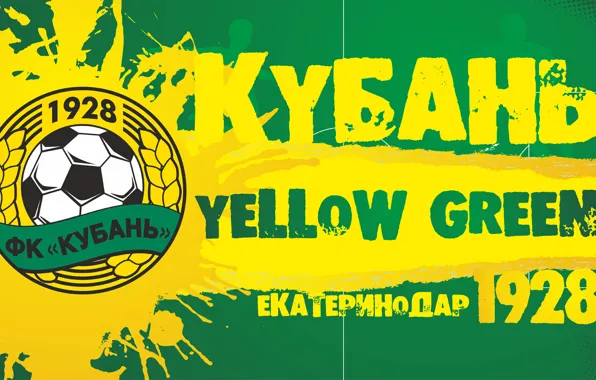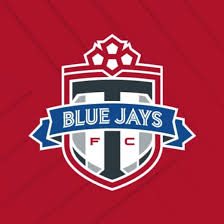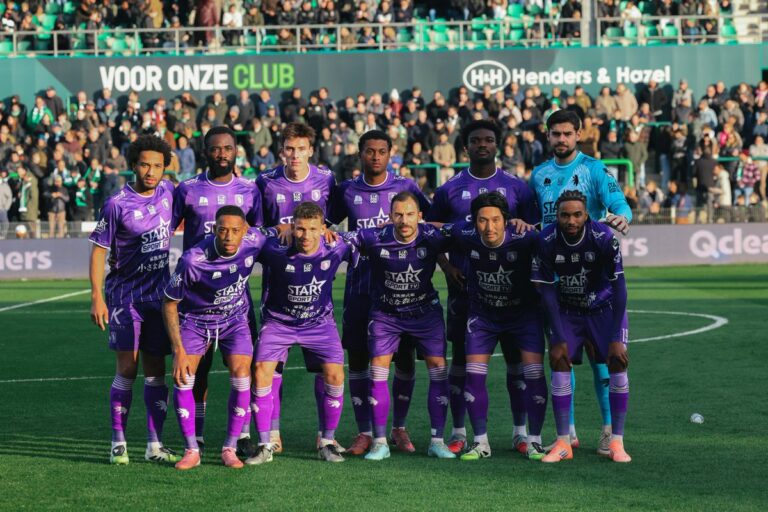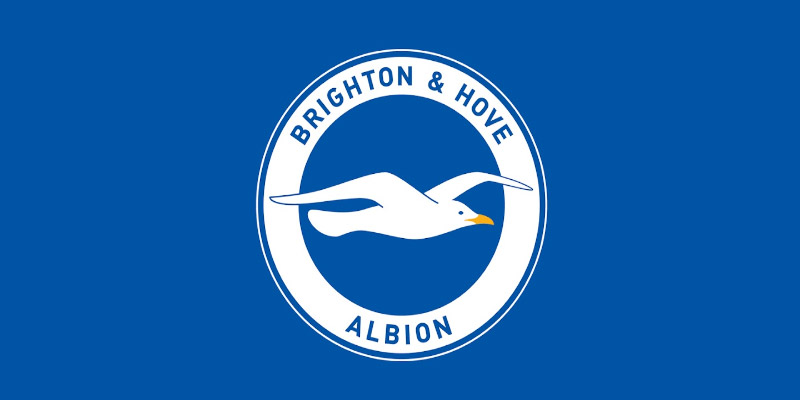
FC Brighton Rise: History, Rivals, and Future!
FC Brighton, a club founded in 1901, has become a beacon of tenacity and unity in the world of football. Beyond its rich history and iconic moments, it stands as a symbol of community pride. With passionate fans behind it, FC Brighton has earned its place among the most resilient teams. This article dives into the club’s evolution, highlighting key players, recent triumphs, fierce rivalries, and its vision for the future. From the stadium to the transfer market, discover what makes FC Brighton a club to watch in the years to come Jun88.
Impact of Management Changes at FC Brighton
Management changes can significantly affect a football club’s trajectory and performance. As FC Brighton has undergone transitions in leadership, analyzing these shifts provides insight into the club’s evolving identity.
The Transition to Current Management
The appointment of current manager Roberto De Zerbi brought renewed optimism to FC Brighton. Transitioning from Graham Potter, who laid the groundwork for success, required a careful balancing act. De Zerbi’s arrival signaled a desire for tactical evolution and an exciting brand of football.
Initial challenges arose as players adapted to new philosophies. However, patience and understanding from both management and supporters facilitated a smooth transition, ultimately yielding positive results. Under De Zerbi, the team has displayed a more dynamic playing style that resonates with fans.
Impact on Player Morale and Performance
Changes in management can have profound effects on player morale and performance. FC Brighton players experienced a shift in coaching methods and expectations, requiring adaptability and resilience.
De Zerbi’s focus on open communication and fostering a supportive environment has positively impacted player confidence. Freer expression and creativity on the pitch have resulted in improved performances, as players feel empowered to contribute to the team’s success.
Future Prospects and Stability
Stability in management is crucial for sustained success, and FC Brighton appears committed to maintaining a cohesive vision. As De Zerbi continues to implement his tactics and refine the squad, the club aims for gradual progression in the league.
Regular assessments of performance and tactical effectiveness enable the management team to make informed decisions regarding player recruitment and development. Adapting to the ever-changing landscape of football ensures that FC Brighton remains competitive at the highest level.
Learning from Historical Changes
Reflecting on past management changes reveals valuable lessons for FC Brighton. Previous transitions have taught the club the importance of thorough planning and alignment of objectives to minimize disruptions.
Finding a balance between continuity and innovation will be key as the club navigates future challenges. By maintaining clarity in vision and purpose, FC Brighton can continue to build upon its successes and pursue ambitious goals.
FC Brighton’s Approach to Player Transfers
Player transfers are integral to any football club’s success, shaping squad dynamics and competitiveness. FC Brighton adopts a strategic approach to player recruitment, ensuring that investments align with the club’s long-term vision.
Scouting and Recruitment Strategy
The scouting network employed by FC Brighton focuses on identifying talent that fits the club’s ethos. Emphasis is placed on young players with potential, blending technical ability with character attributes conducive to developing within the team’s culture.
Utilizing data analytics and rigorous assessments helps pinpoint players capable of enhancing squad depth and quality. The identification of hidden gems from lower leagues or international markets showcases the club’s commitment to shrewd recruitment.
Balancing Financial Constraints
Operating within financial constraints necessitates a prudent approach to player transfers. FC Brighton strategically balances investments in new signings while ensuring fiscal responsibility, avoiding overspending that could jeopardize the club’s stability.
This calculated methodology allows FC Brighton to attract talents without compromising their financial health. The focus on sustainable growth aligns with the larger vision of building a competitive squad capable of challenging for honors.
Successful Transfer Windows
Recent transfer windows have seen FC Brighton execute successful signings that have positively impacted performance. The acquisition of key players has bolstered the squad and enhanced tactical options, contributing significantly to the team’s success in recent seasons.
Moreover, the club’s ability to generate profit through smart sales has facilitated reinvestment in the squad. Identifying opportunities to sell players at optimal times underscores FC Brighton‘s commitment to long-term planning.
Future Transfer Objectives
Looking ahead, FC Brighton aims to strengthen specific areas of the squad through targeted recruitment. Bolstering the attacking department and adding depth to the midfield will be crucial for sustaining competitive performances.
Continuous reassessment of the squad’s strengths and weaknesses informs transfer strategies, ensuring that the club maintains flexibility and adaptability. By staying attuned to market trends and emerging talent, FC Brighton can position itself favorably for future challenges.
Conclusion
The journey of FC Brighton is one of perseverance, ambition, and community connection. From humble beginnings to the heights of the Premier League, the club’s history is enriched by key players, passionate fans, and remarkable achievements. The commitment to developing young talents, alongside a strategic approach to management and transfers, positions FC Brighton for future success. The enduring love and loyalty embedded in the club continue to inspire generations of supporters, making it a cherished part of the footballing landscape.
